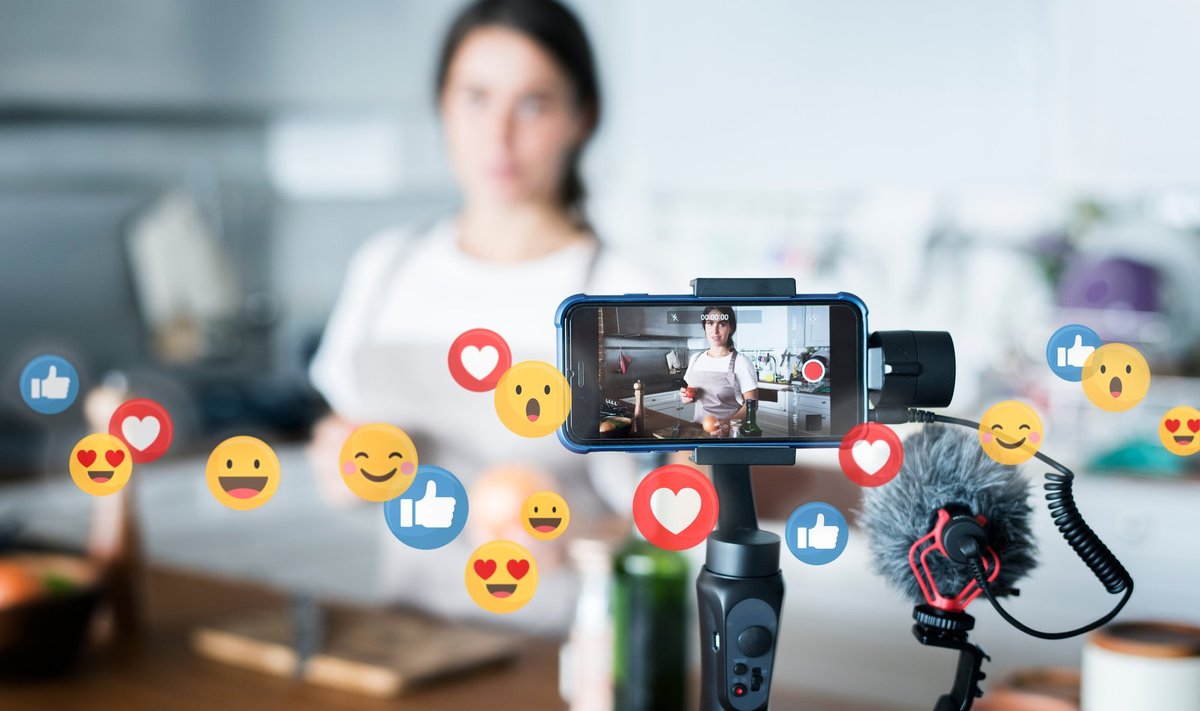Covid-19 is the perfect storm for an explosion of content. We’re in the middle of a pandemic that has resulted in unprecedented measures across the globe with a real impact on our physical, mental and economic well-being. It’s an uncertain time, which means people will naturally gravitate to seeking advice and other useful information.
We’re also locked down at home in a digital age in which we can easily communicate across a number of different channels and consume information in various formats across different devices. Thanks to that, many of us can even work remotely relatively well. But the massive amount of people shifting to remote work all at once brings unprecedented challenges.
We’ve become good at measuring and quantifying what we can do on the internet, and we have the right platforms to do that. Businesses are equipped with digital marketing capabilities that enable them to plan and execute online campaigns that can measure a number of metrics and help them get a return on investment.
It’s no surprise then, that since the start of the global pandemic, content creators have ramped up their activity. New content creators have emerged. In theory, there’s no better time to demonstrate leadership than during a crisis. Especially in business, being candid and transparent about the challenges of Covid-19 and sharing a candid, honest experience of overcoming them can prove an invaluable lesson to fellow entrepreneurs looking for actionable advice.
The problem is that in practice many are turning to content creation for the sake of it, with little long-term value added for both sides of the screen. The rise of the influencer in the digital marketing world has created the perception that becoming an influencer can and should be an end goal in itself. And this is visible beyond the realm of Instagram. Many have no real understanding of what it means to be one, but strive to amass the largest possible following.
If we step back and look into the meaning of the word “influencer” we find that it’s actually a very general term. Merriam-Webster defines it as “power of producing an effect without apparent exertion of force”. A dictionary definition suggests everyone is an influencer to a certain extent. To understand who is most influential, Onalytica, the company providing one of the leading influencer marketing solutions, looks at three core areas when analysing influencers: expertise, content creation and influence. To clarify, they see influence as chiefly the measurement of relevance, resonance, authority and reach.
It’s clear that quantitative reach is not the only factor defining an influencer. It’s more complicated than that. In fact, Klout, one of the early pioneers of scoring of online influence, suggested 16 types of influencers based on different traits. It’s not within the remit of this article to go through all possible types of influencers, nor comment on the existing classifications. However, it’s clear that the way in which we use the term has to change. We need to be more precise and we need to be more strategic.
As PR practitioners, we can shed light into one type of influencer our discipline is well acquainted with, the thought leader. PRs typically work closely with company leaders to help them become thought leaders and exercise thought leadership. Why? If done right, thought leadership creates enormous value for audiences. This is evidenced by the fact journalists are also fans of thought leadership and themselves create content based on it.
Not everyone can be a thought leader, though. And it’s also not something that can happen overnight. Thought leaders will have spent a significant amount of time within a certain industry bringing about innovation or change. For them, their ideas and the attempt to turn vision into reality are the priority. Not the logistics of how to best spread those ideas. Their reputation and expertise precede them and means they don’t rely on social engineering tactics. In fact, other members of the industry will be naturally drawn to try and help them amplify their message. For instance, at events where the forefront of their industries are discussed, or in the media, where the leading journalists will seek their commentary on news and issues.
When thought leaders produce content for audiences, it is with the objective of inspiring others, fomenting dialogue and creating opportunities for further change and innovation, rather than influence purchase decisions. Thought leaders are opinionated and have a vision, which is why their content is unique and original.
Thought leaders are not an online-only phenomenon. And they are not a marketing-only phenomenon. They live and breathe thought leadership and the content that goes out is only the tip of the iceberg. Those in a position to exercise thought leadership should consider offering actual actionable advice. In times of Covid-19, transparency and honesty with regards to how relevant challenges are affronted or solved can be one of the most valuable thought leadership tactics.
Yes, creating more content in a time when people are consuming more seems like a good idea. Taking the opportunity to become more influential is as well. But not blindly. The more serious the aspiration, the more strategic and planned the approach should be. In the case of thought leadership, it’s also a question of feasibility. It might be that before getting there, the right conditions need to be created and other things should take priority.
Innovation and technology festival "LOGIN 2020" invites you to reserve the 24-25th of September and meet the world-famous innovators, developers, and scientists in the biggest progress conference in the Baltics. Buy your tickets here: www.login.lt.
